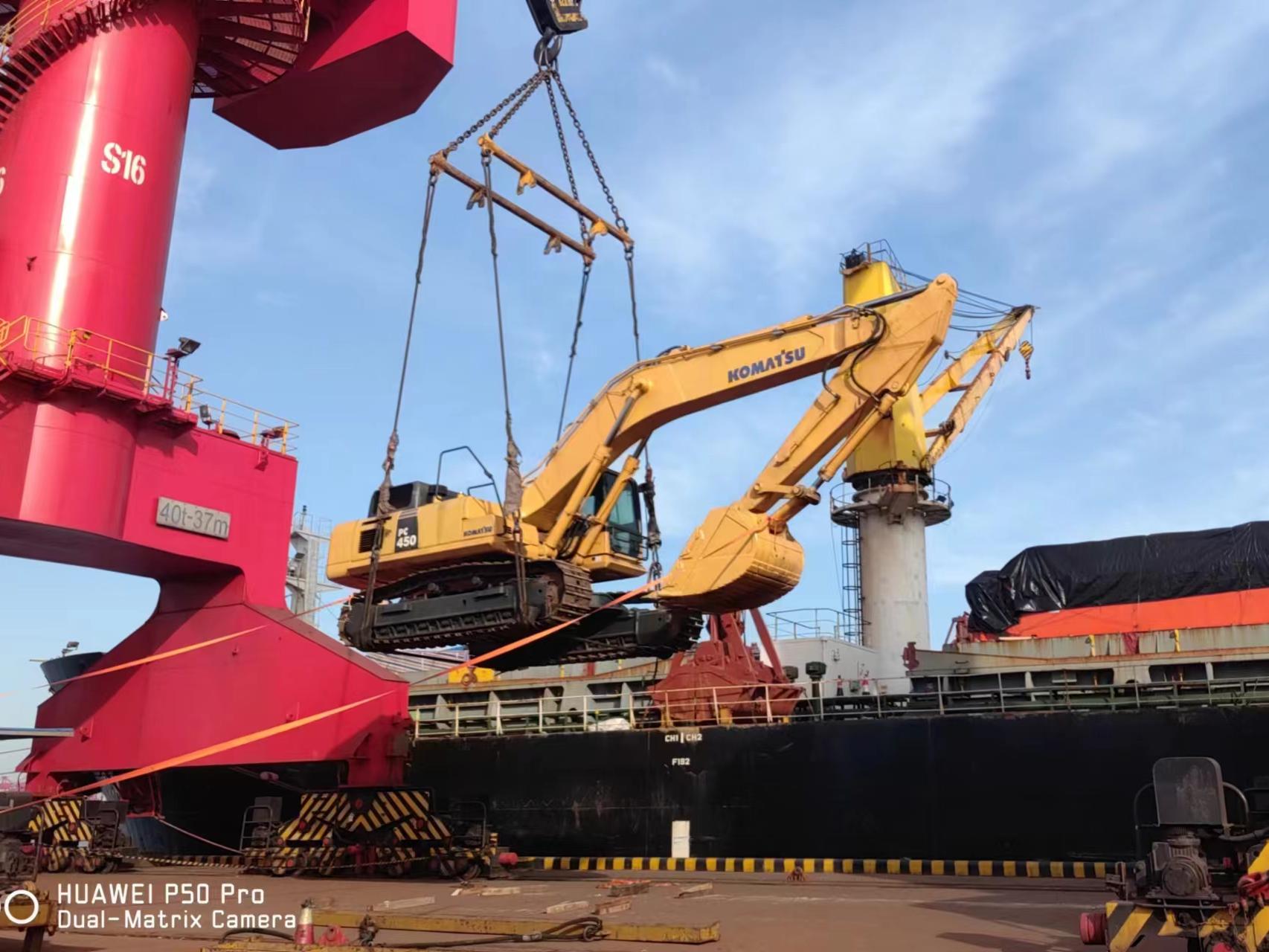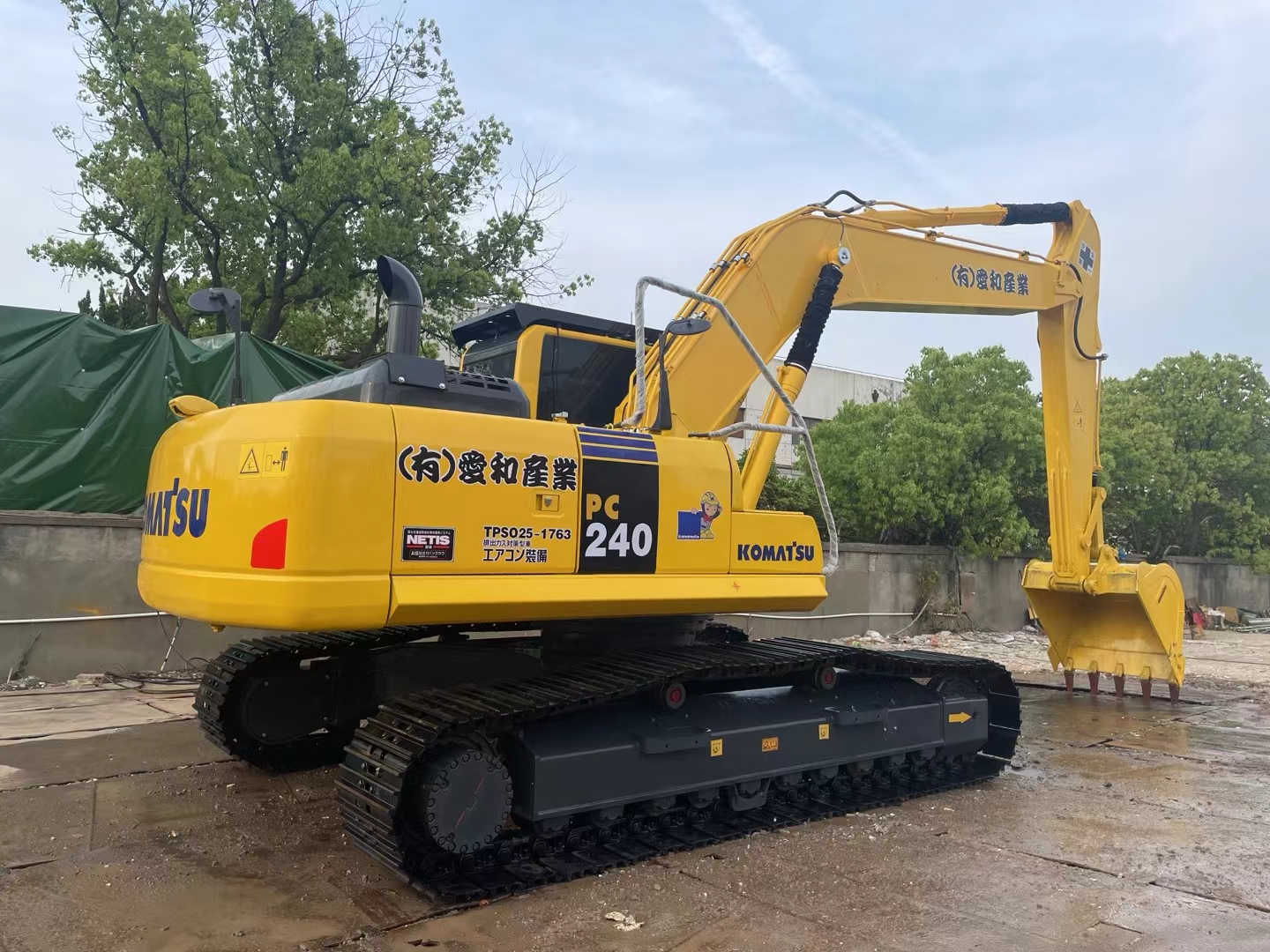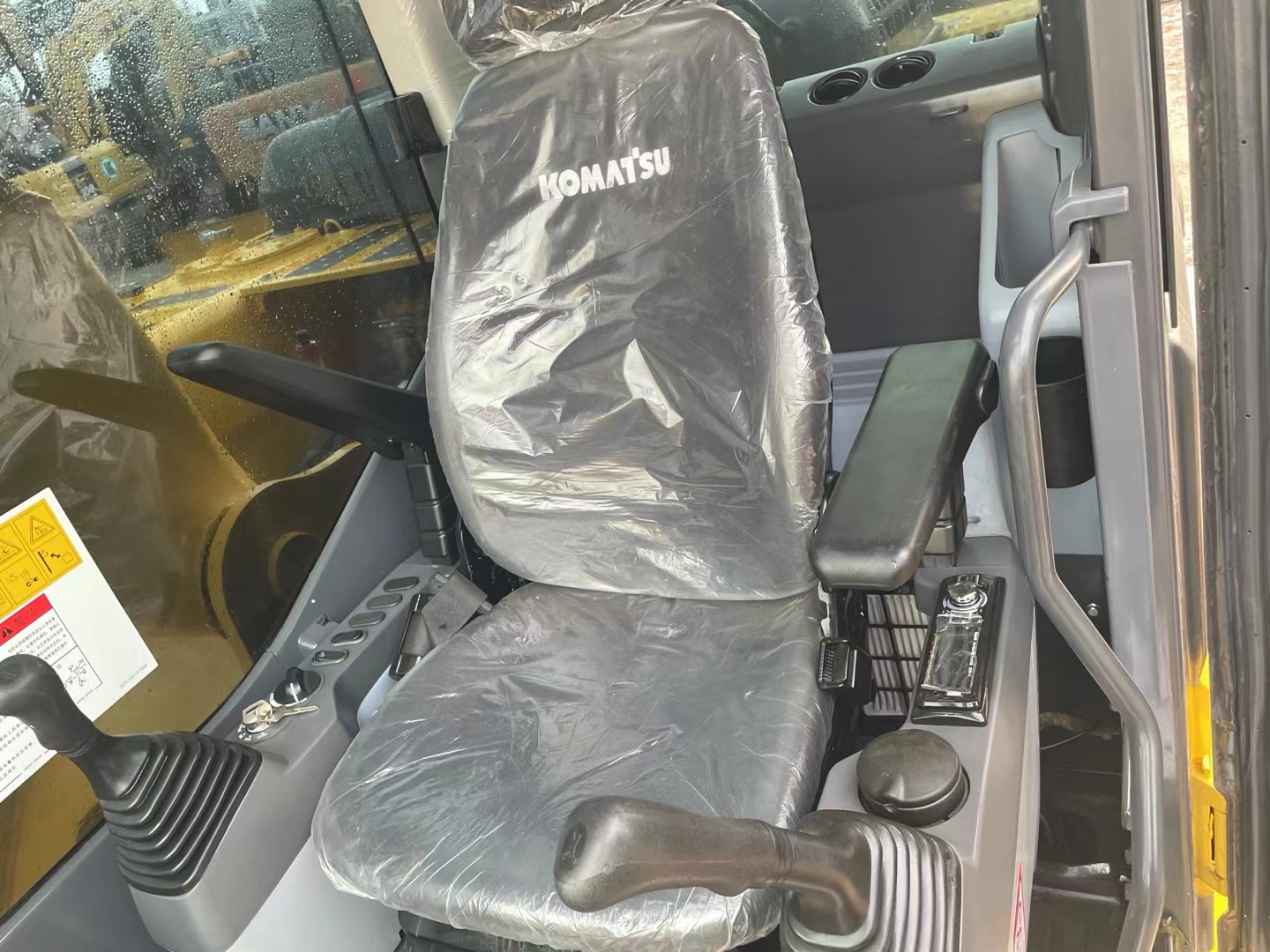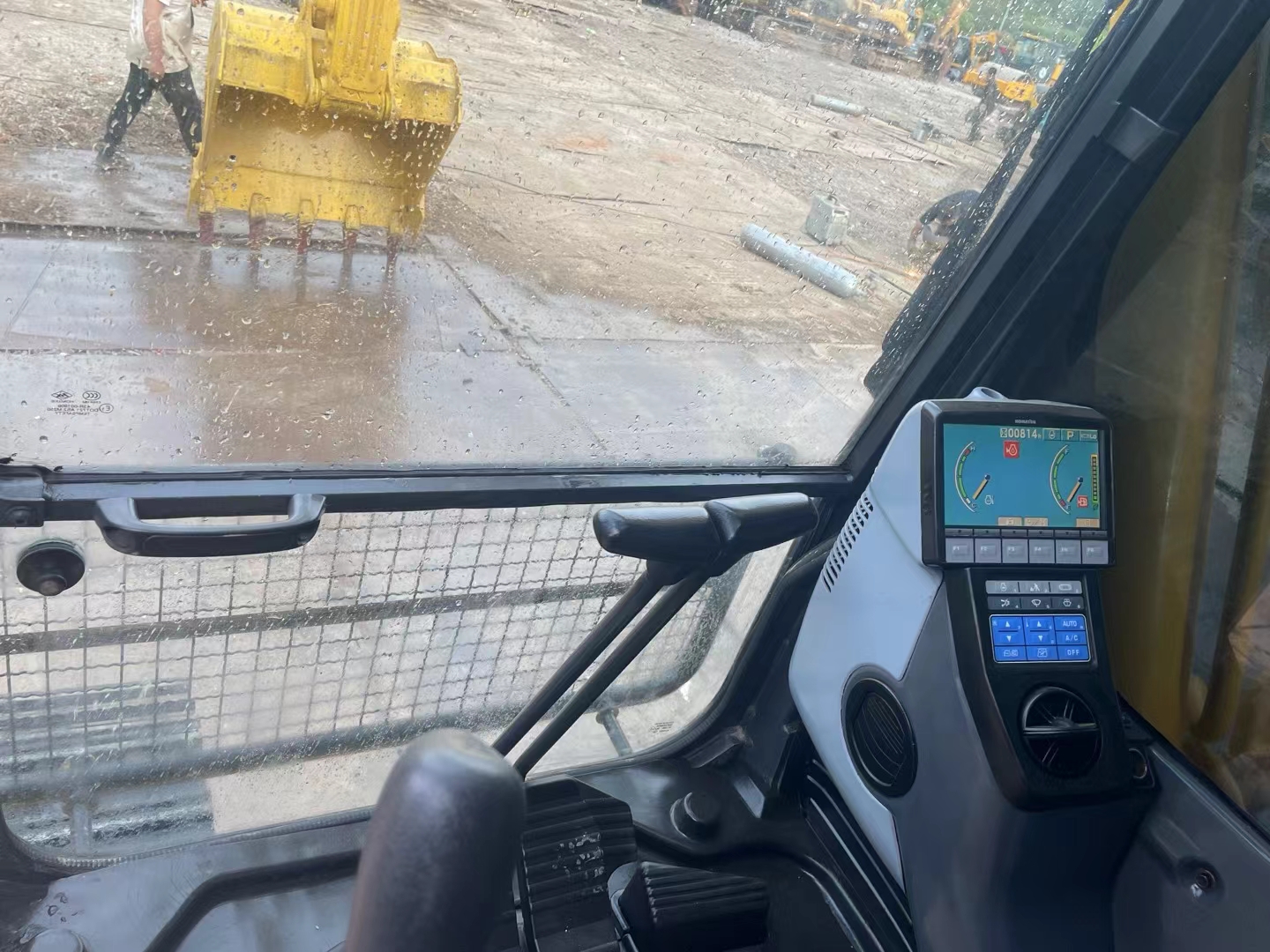
A Kenyan customer inquired about used excavator procurement through our company website, planning to use it for building foundation excavation. Considering the customer's budget and operational conditions, our professional team recommended a 2017 model KOMATSU PC240 excavator. We provided high-definition actual videos and photos demonstrating the equipment's core performance. The customer highly recognized its hydraulic system and durability but noted slight wear on the cabin exterior. To address this, we customized an appearance refurbishment and component reinforcement plan including seat replacement and bucket reinforcement. After approving the plan, the customer immediately paid a deposit to confirm the order. The equipment has completed refurbishment and will soon be shipped to Mombasa Port for delivery.

In the current global infrastructure wave, the performance and reliability of construction machinery directly determine the success or failure of projects. The KOMATSU PC240 excavator, as a classic medium-sized excavator representative of KOMATSU, has become the preferred model for mining, municipal construction, and even complex terrain operations since its introduction, thanks to its "high efficiency, low consumption, wide adaptability" design philosophy.

The core competitiveness of the KOMATSU PC240 excavator begins with its power system. The equipped SAA6D107E-3 turbocharged engine maintains remarkable fuel economy even under a 138kW power output. Through precise control by the CLSS (Closed Center Load Sensing System) hydraulic system, the equipment automatically adjusts pump flow according to load, avoiding ineffective energy consumption. Actual test data shows that for the same workload, the PC240's fuel consumption is reduced by approximately 18% compared to the previous generation model, while bucket digging force is increased to 215kN.

The true appeal of the KOMATSU PC240 excavator lies in its Transformers-like adaptive capabilities. The standard 1.2m³ rock bucket features a W-type reinforced cutting edge, maintaining a digging frequency of 4 times per minute even when facing granite layers; when switched to hydraulic breaker mode, an impact frequency of 1,800 blows per minute is sufficient to crush a concrete roadbed within 30 minutes.